Solid-state batteries and sodium-ion batteries are gaining attention in the race to dethrone Lithium-ion technology. The advancements taking place in the energy storage industry suggest the rise of these innovative battery technologies. While Lithium-ion batteries dominate the current market, they face growing competition from these alternatives.
Why Lithium-ion Batteries Dominate
Lithium-ion batteries are extensively used across industries, from mobile devices to renewable energy storage and Electric Vehicles. As per a report, the global Lithium-ion battery materials market is anticipated to grow from $41.9 billion in 2024 to over $120 billion by 2029, achieving an impressive CAGR of 23.6%. Companies like Tesla, Panasonic, LG Chem, CATL, and BYD drive this market forward.
However, heavy reliance on critical minerals such as lithium, cobalt, and nickel causes price fluctuations. Battery-grade lithium carbonate prices recently ranged between $5.8 and $80 per kilogram, creating supply challenges. Also, 77% of the graphite used in Lithium-ion batteries is sourced from China, leading to dependency risks and highlighting the need for diversification.
Advancements in Solid-State Batteries
Solid-state batteries employ solid electrolytes instead of liquid ones. This change brings numerous benefits, including superior energy density, faster charging capabilities, improved safety, and extended cycle life. QuantumScape’s prototype solid-state cell achieved an energy density of 844 Wh/L, significantly higher than typical commercial Lithium-ion batteries, which range between 300–700 Wh/L.
CATL, one of the largest battery manufacturers, has invested heavily in research and development for solid-state technology. The company plans small-scale production of solid-state batteries by 2027. Automakers like Toyota and BMW are also exploring this innovation, with Toyota aiming for commercialization by 2027–2028.
Benefits of Solid-State Batteries
Solid-state batteries offer thermal stability, ionic conductivity for fast charging, and increased safety due to their non-flammable nature. Toyota claims this technology can enable EVs to replenish 300 km range within 15 minutes—three times faster than current Lithium-ion EV charging systems.
The Rise of Sodium-Ion Batteries
Sodium-ion batteries use sodium ions instead of lithium, leveraging globally abundant and inexpensive materials. Sodium is 1,000 times more abundant than lithium, and these batteries could even source sodium from seawater.
Advantages of Sodium-Ion Technology
Sodium-ion batteries reduce production costs by up to 30% compared to lithium iron phosphate (LFP) batteries. These cost savings make them an excellent choice for energy storage applications. Commercial-grade sodium-ion batteries achieved energy densities of 130–160 Wh/kg, rivaling lead-acid batteries and even approaching LFP performance. Enhanced cycle life, thermal stability, and low-temperature performance further strengthen the case for sodium-ion batteries.
China proves to be a pioneer in sodium-ion adoption, with CATL integrating sodium-ion technology into its infrastructure. The world’s largest sodium-ion storage facility, boasting a 100-MWh capacity project, has already begun operation, demonstrating rapid innovation and scaling capabilities.
Solid-State vs Sodium-Ion: A Collaborative Future
Solid-state batteries promise high energy density and fast charging capabilities, making them suitable for Electric Vehicles and high-performance applications. Sodium-ion batteries, with their affordability and resource abundance, target energy storage markets, especially in emerging economies.
Both technologies offer unique benefits that complement each other. While solid-state batteries may dominate high-performance niches, sodium-ion batteries are strategically tailored for cost-effective grid storage.
Together, these advancements signify a transformative era in energy storage, paving the way for cleaner energy and sustainable mobility.
Disclaimer:
The content presented on this page has not been manually verified by our team. While we strive to ensure accuracy, we cannot guarantee the validity, completeness, or timeliness of the information provided. Always consult with appropriate professionals or sources before making any decisions based on this content.
The image is randomly selected and doesn’t necessarily represent the company or the news above.







